The Denon DJ Prime 2 Review
Denon DJ have today announced the Prime 2, an all-in-one unit that offers unrivalled technology in a small, wallet friendly package. Given the success of all-in-one DJ units in recent years, it was a no brainer that Denon would release a little brother to the monster Prime 4. So has Denon DJ cut corners when shrinking the Prime 4 down to two channels? Let’s get stuck in and find out!
The Build
With Denon DJ revealing the updated SC6000 players just a few days ago, it’s surprising to see the Prime 2 takes on the look and feel of the older generation of players. With two clearly different appearances now in the Prime range, it almost appears that Denon DJ are creating two tiers of products. The all in one units, older SC5000 players and recently announced GO units share the same materials and design. They look more budget friendly, with cheaper knobs and buttons used throughout their construction. In contrast the SC6000 players have recently been updated to a high build quality using more premium materials and colours.
Is it that Denon DJ see the all in one units more suited to a bedroom rather than a professional DJ booth? Given the technology inside the units, we doubt it. This is more a case of keeping the new Prime 2 visually as close as possible to the larger Prime 4 unit!
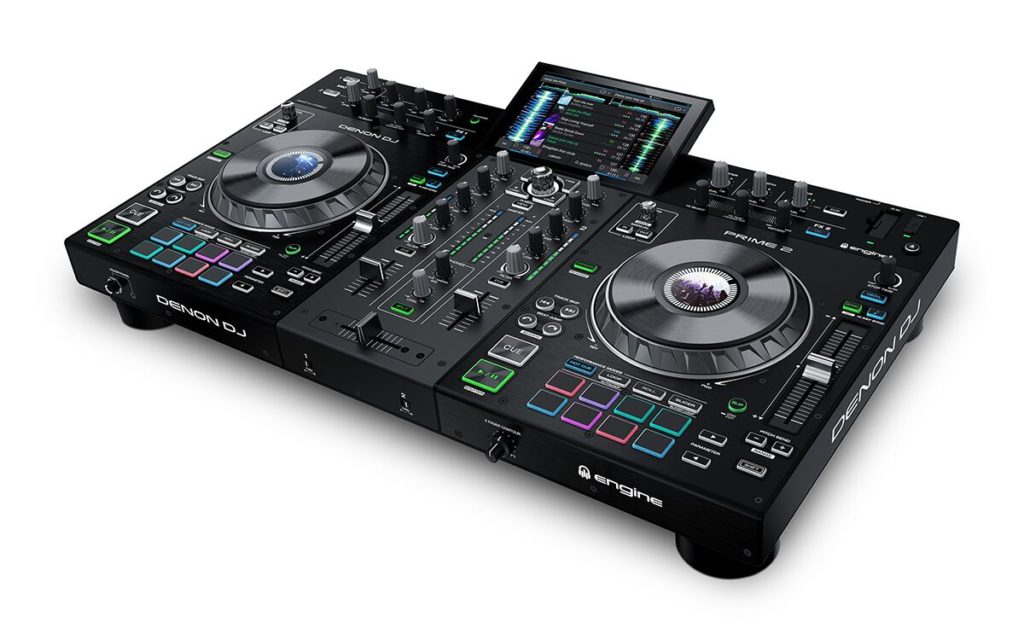
That said, the Prime 2 doesn’t feel cheap in the hand, far from it. The units high resolution, multi touch 7” display is a great example of this. The screen is silky smooth in operation and light years ahead of the screen on the rival RX2 unit from Pioneer DJ. Unlike the larger Prime 4, the screen isn’t adjustable. Given it’s smaller size, the fixed angle is a much welcomed change.
Whilst we are on the subject of screens, the Prime 2’s effects unit no longer features individual screens for the effect units. The main display now shows the relevant information for the onboard effects, just like the Prime GO. Physical controls for the selection, time division and wet/dry values are still found at the top of each deck.
The Decks
The Prime 2’s layout is almost identical to that of it’s larger brother, the Prime 4. The decks still feature 8 performance pads with the same hot cue, loop, roll and slicer modes adorned above. The loop section with encoder dial and dedicated in/out buttons is still found to the upper left of each deck.
The jog wheels remain capacitive with a colour LCD screen inside, however they have lost the colour changing LED outer ring. Given this feature was for displaying which layer was active, a feature the Prime 2 can’t support, it’s no major loss.
The dedicated beat grid controls have also been removed. However, thanks to the fantastic onboard analysis, most DJ’s would never use controls anyway. The four sweep effects found on the Prime 4 have also been lost, with a simple high pass/low pass filter replacing them on each channel.
Apart from these minor changes, it’s business as usual with the same beat jump, track search and supporting buttons used throughout.
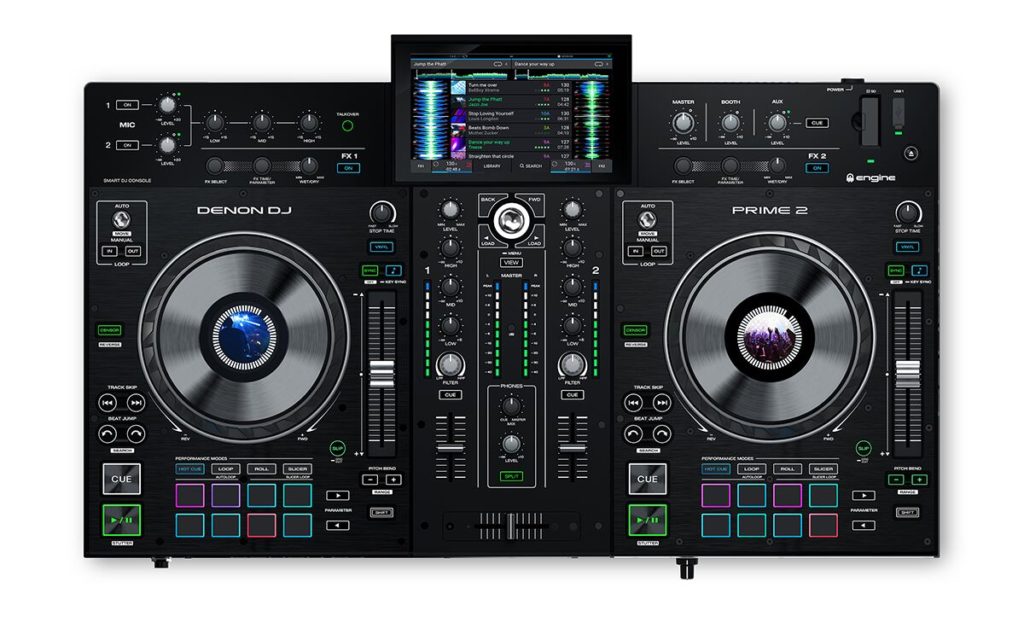
The Mixer
As the name suggests, the Prime 2 is a only a two channel unit. However there is a dedicated AUX channel with dedicated volume control should you wish to plug in an external device. The Prime 2 also features two microphone inputs with combo XLR/TRS jacks with a shared three band EQ. The larger Prime 4 features individual 3 band EQ’s and even an echo functionality on the microphones, but given the size and intended use of the Prime 2 we can understand the downgrade.
With master output being handled by both balanced XLR and unbalanced RCA connections with dedicated stereo/mono switch, you will have no issues plugging the Prime 2 into even the most professional of sound systems. The booth output is also handled by balanced XLR connections, as they are on the Prime 4. Personally we would have rather seen TRS connections here but it’s not a major issue.
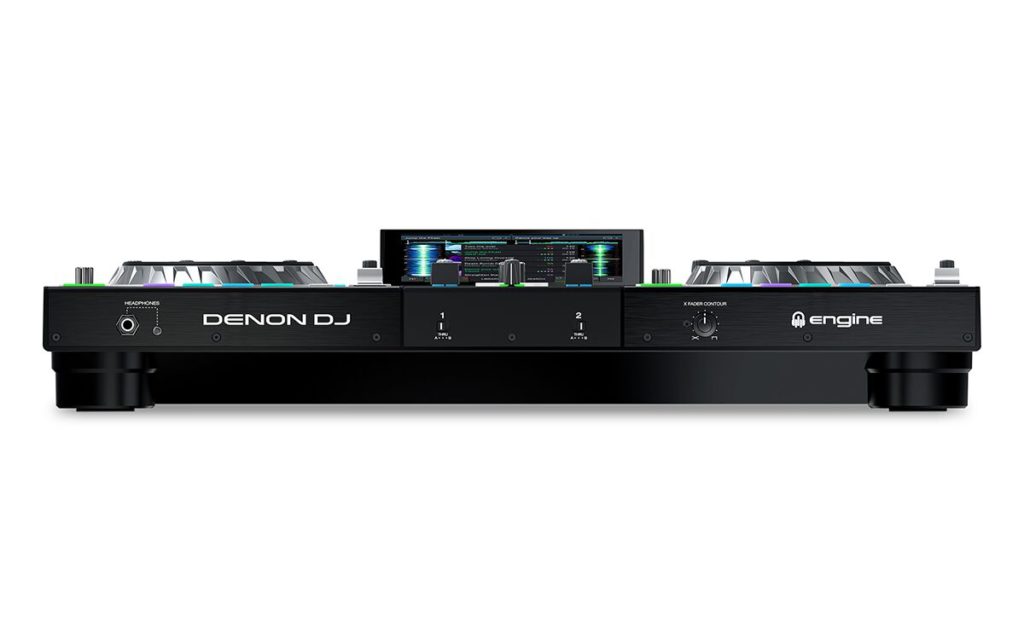
Unfortunately Denon DJ has limited the Prime 2 with the absence of any further external inputs. Unlike either the Prime 4 or the Pioneer XDJ-RX2 the Prime 2’s mixer can not be used to mix external devices. This means no plugging in turntables or using the Prime 2 as the hub of a DJ booth set up. Only you will know if this decision would affect the way you intend to use the Prime 2.
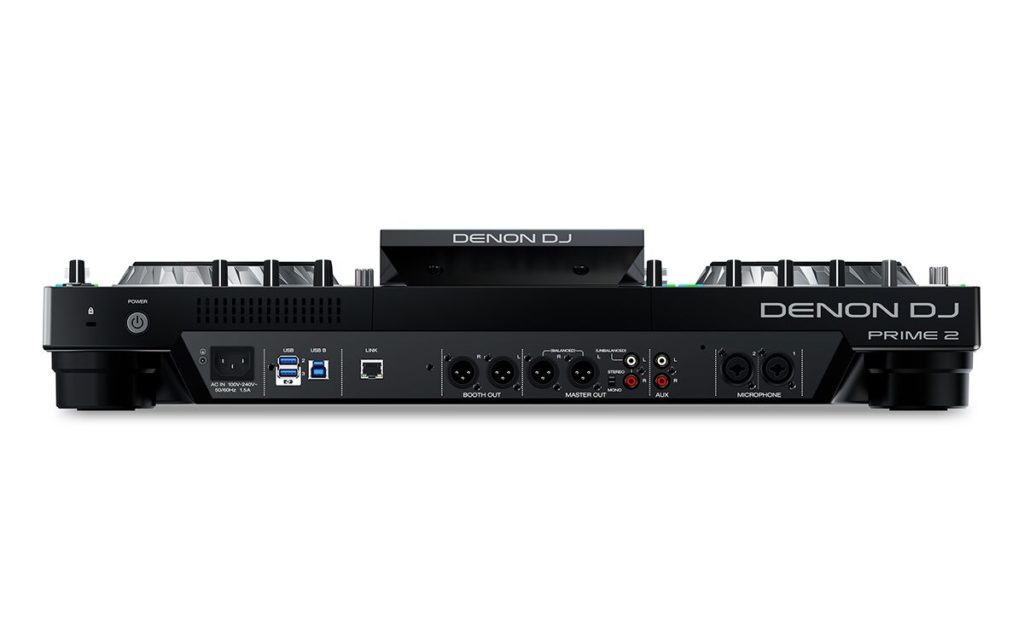
Media
The Prime 2 features a wired ethernet port for internet access or the output of lighting information using Stagelinq technology. The inbuilt Wi-Fi can also be used to connect the unit to the internet, enabling the use of streaming services. At launch, the Prime 2 can only connect to Tidal but Soundcloud, Beatport Link and Beatsource services will be following.
Some huge selling points here are the streaming capability, on board track analysis and ability to read almost any music library. It’s hard to explain the difference between the Denon DJ units and the competition, the silky interface and rapid performance really is an experience.
For those wanting to play their own music, there are a total of 4 USB ports and an SD card slot. The quick access USB port is found on the top of the unit next to the SD card slot and media eject button. The two USB A ports on the rear of the unit also can be used for loading music into the system and the lower USB port even features a higher amp output for faster charging of phones!
A USB B port is found on the rear of the Prime 2 for connecting computers, this port at the moment is only used for loading music onto the internal SATA hard drive should you chose to install one. At launch no DJ software compatibility has been announced but we wouldn’t be surprised to see Serato accessory status arriving sometime soon.
Conclusion
There is no doubt that the Prime 2 is a highly capable unit, it’s power only comparable to it’s sister units. We do have to credit Denon DJ here, giving each unit in the Prime series the same powerhouse processor to perform tasks the rival units can only dream of at the moment. However as we’ve seen in the last few years, power isn’t everything. DJ’s want familiarity, image and build quality too.
The market leader is still the Pioneer DJ XDJ-RX2, a unit that’s older and way less powerful than the current Prime 4 even though it shares the same price tag. So with that in mind, what is the Prime 2 going to do to lure those customers away?
In our opinion, if you can stretch your budget a few $100s its worth going for the Prime 4 and getting those extra features. One thing to bare in mind is that the Prime 4 is a lot bigger and heavier so if you’re happy with 2 channels and need portability, then Prime 2 is a much better option. From a technical stand point the Prime 2 offers much more then the Pioneer DJ XDJ-RX2 and for a cheaper price. Whether its enough to pull you away from the familiarity of Pioneer DJ, only you can decide.
Video Review
Denon DJ Prime 2 Lessons
Learn to DJ on the Denon DJ Prime 2 with our dedicated courses!

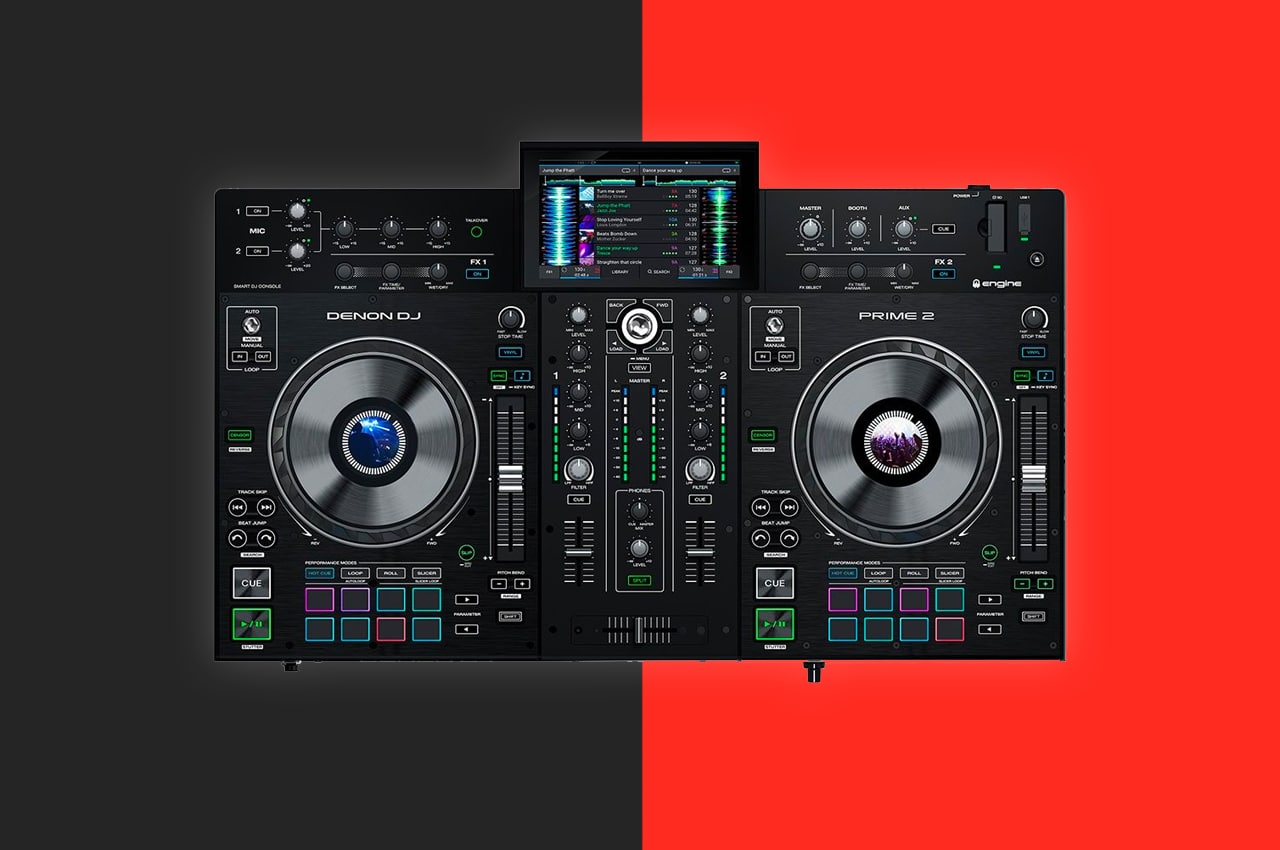
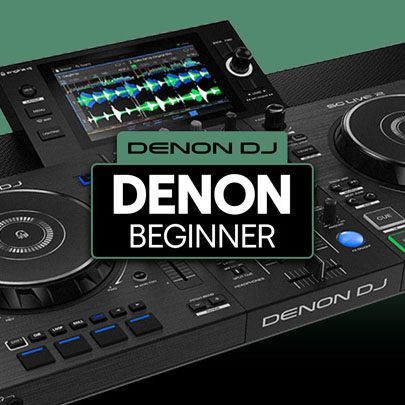
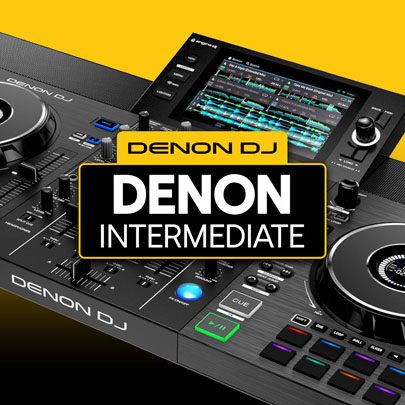

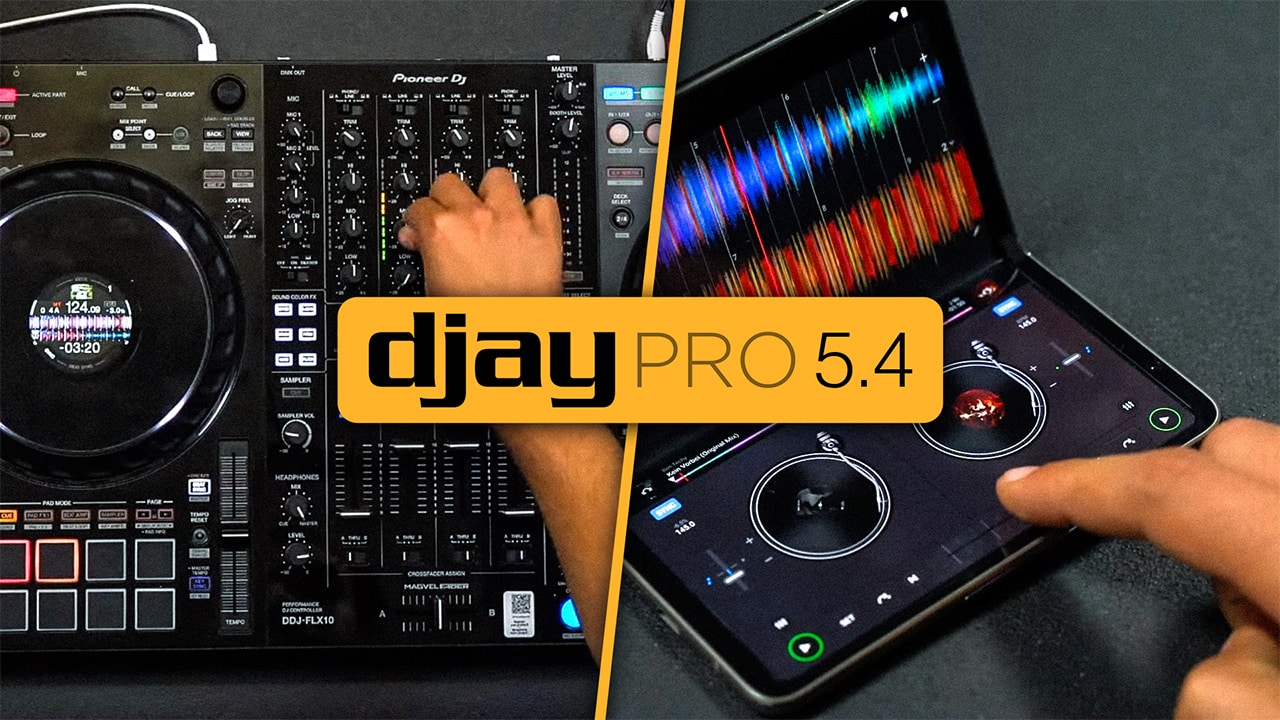

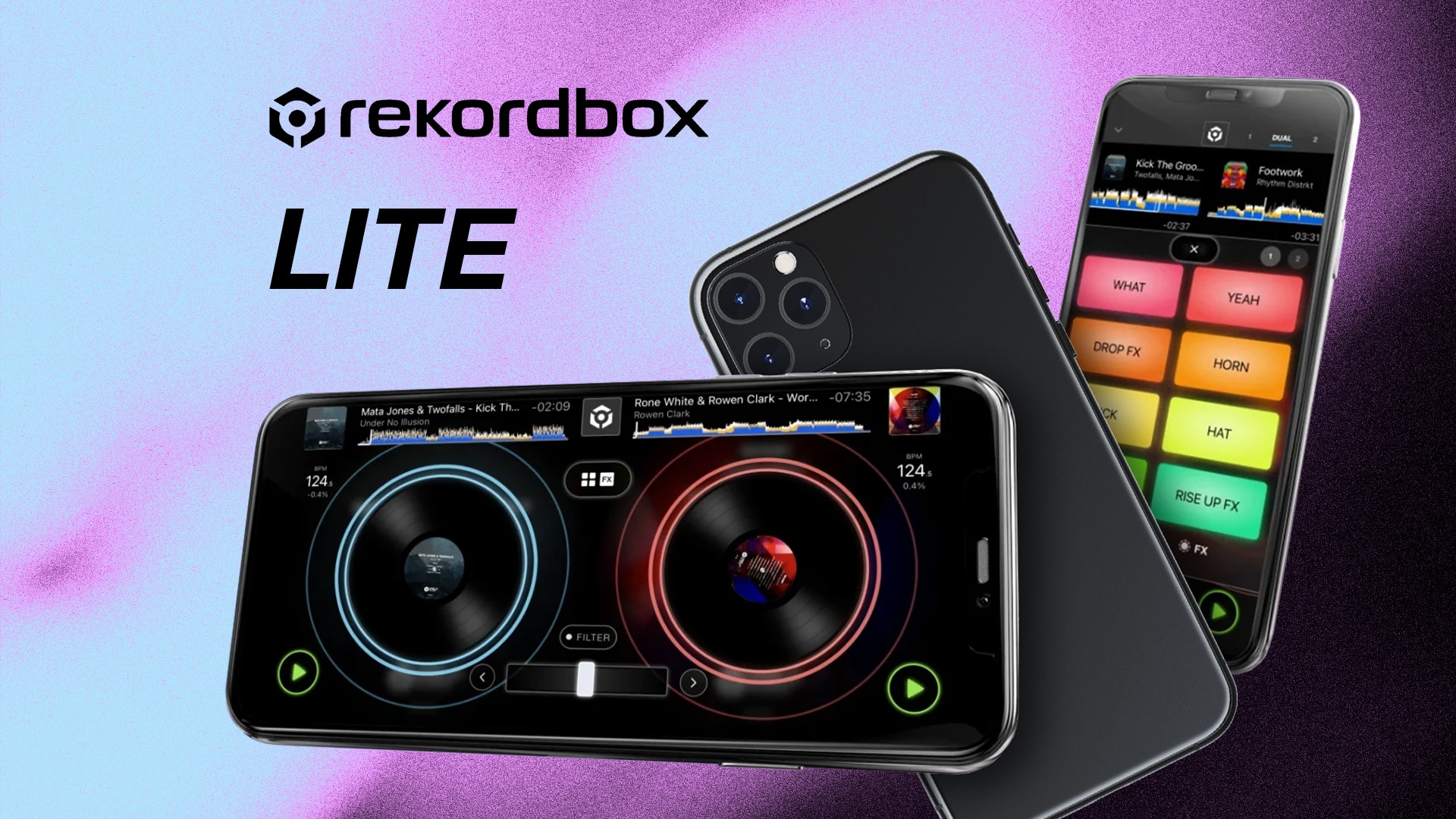

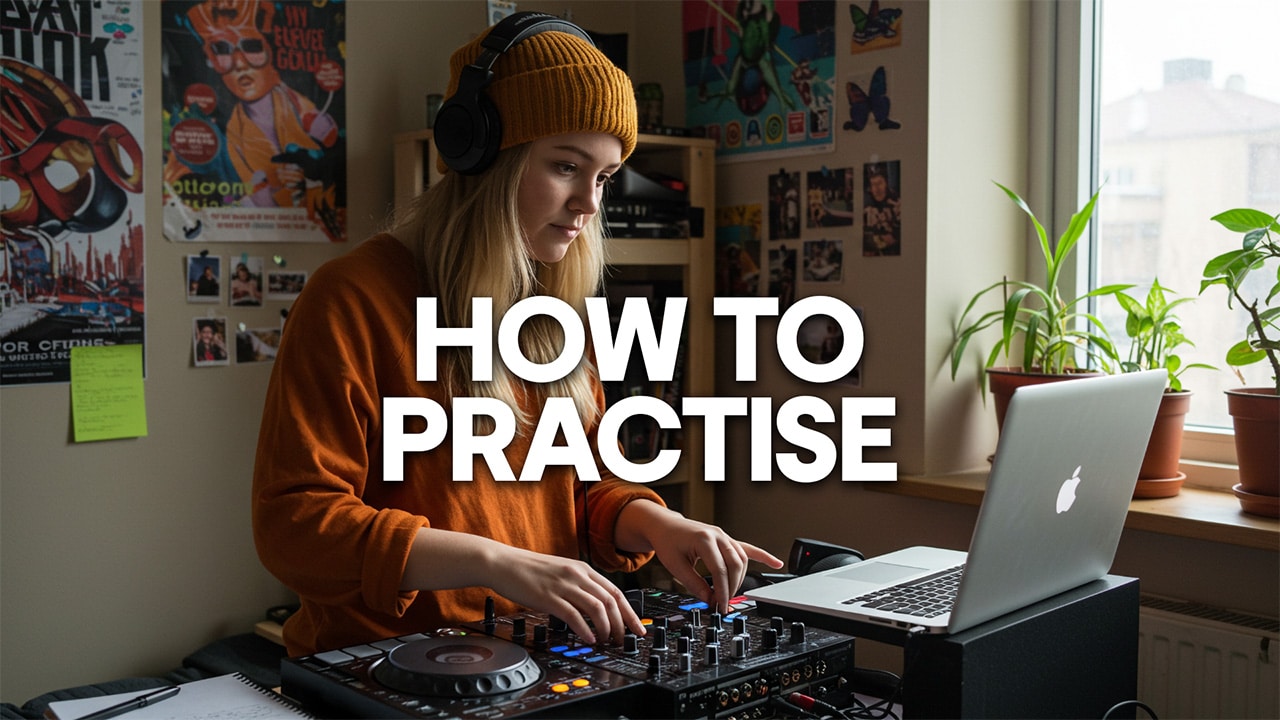
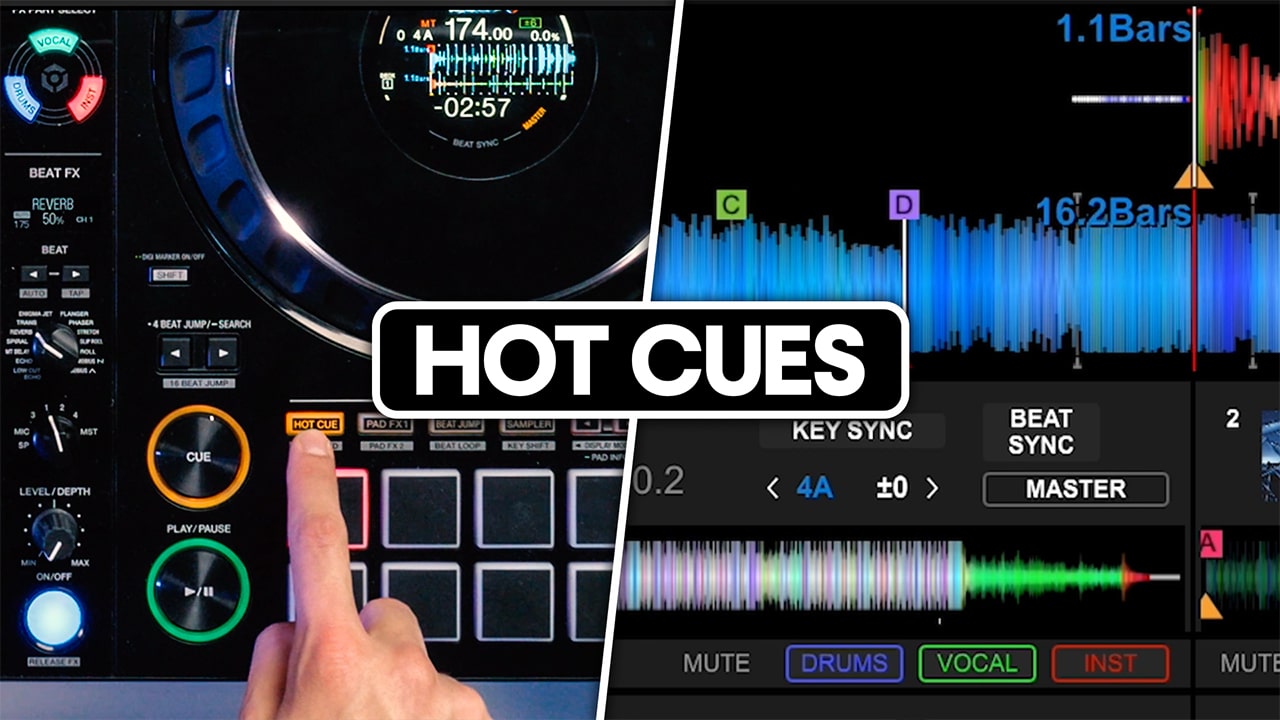
0 Comments